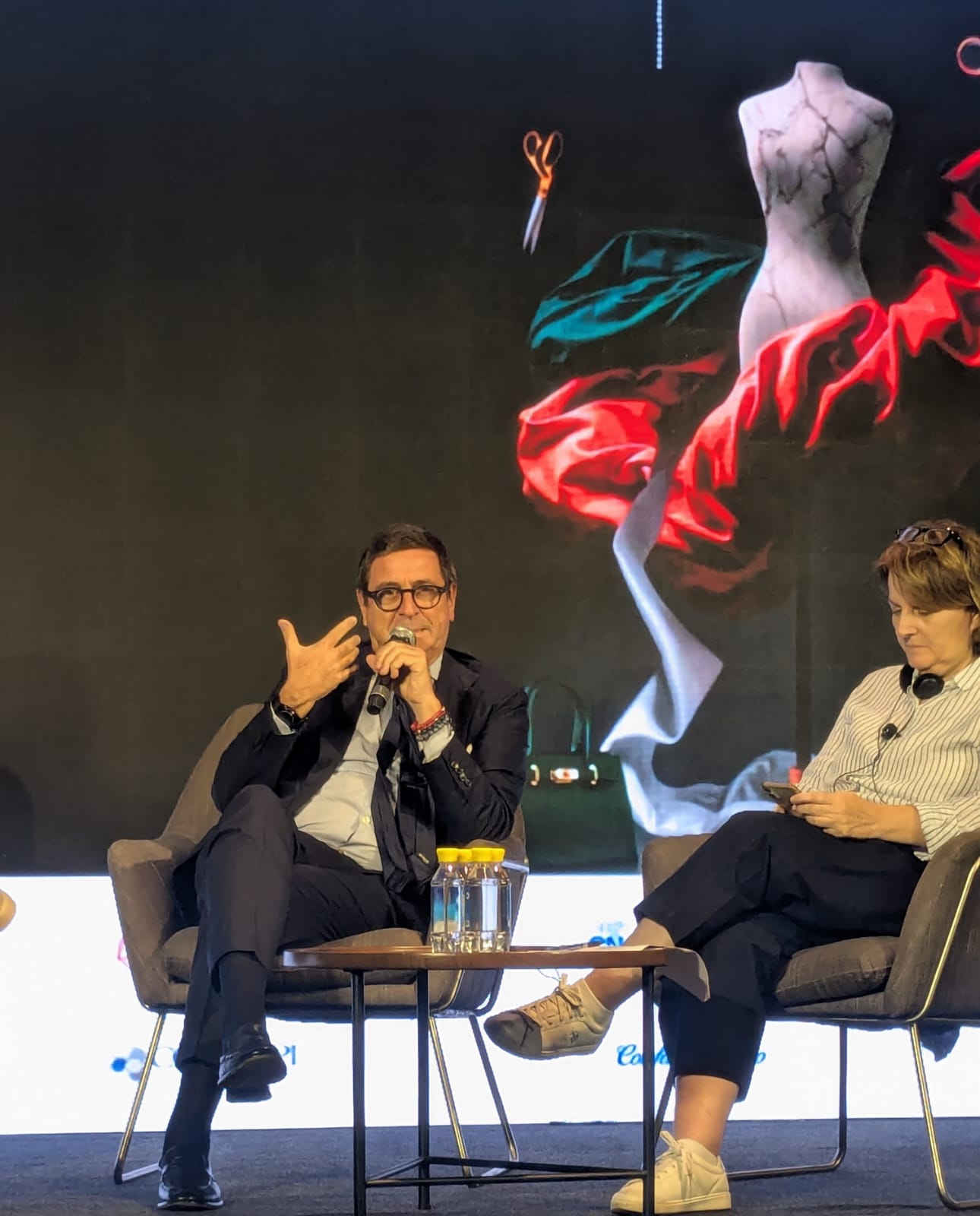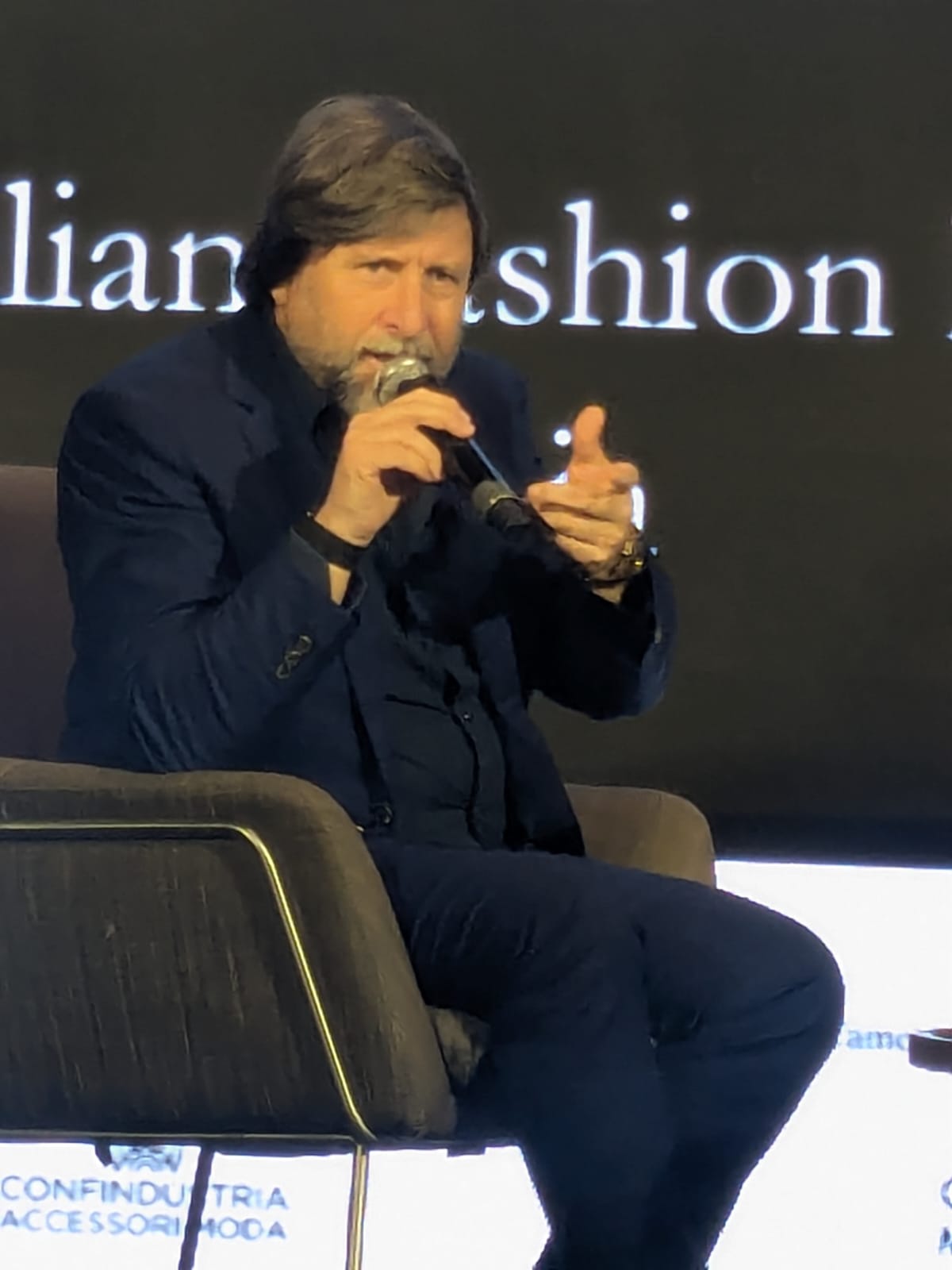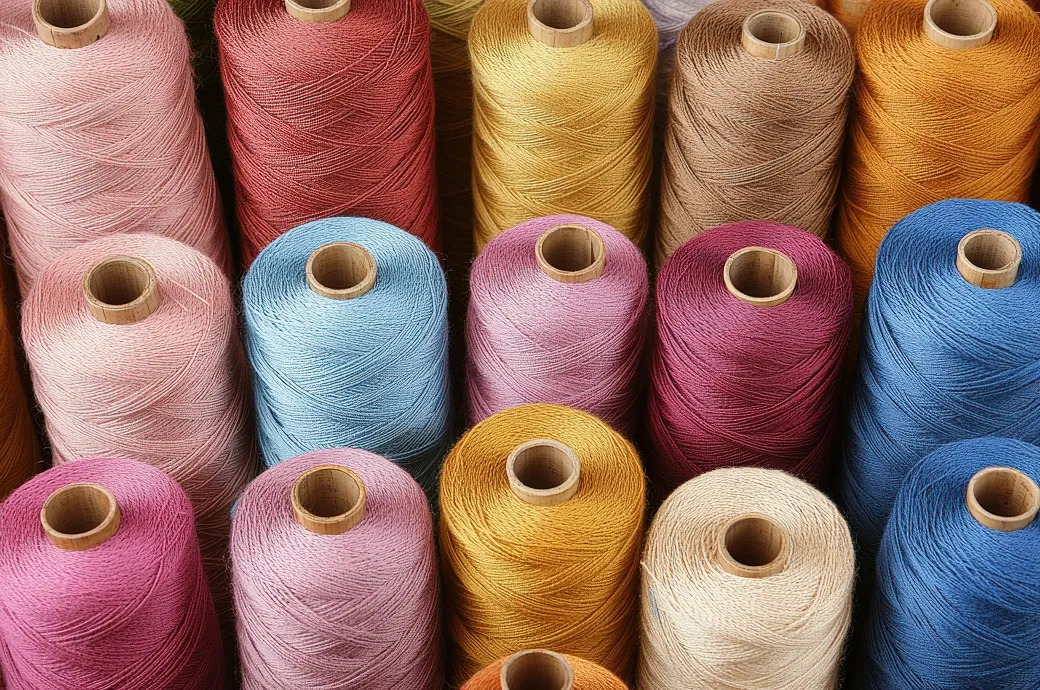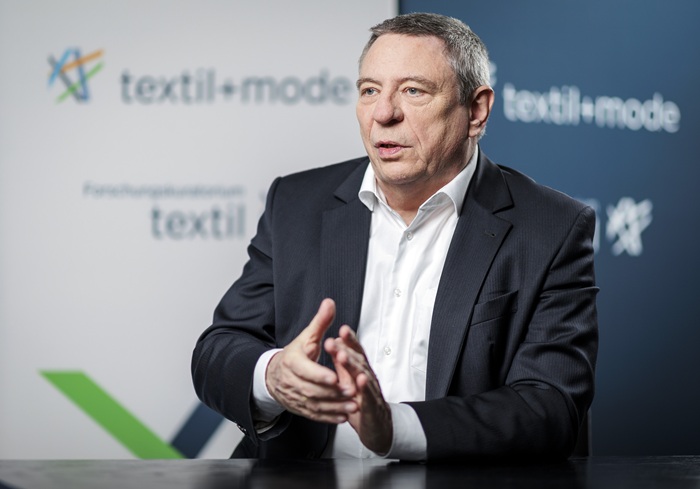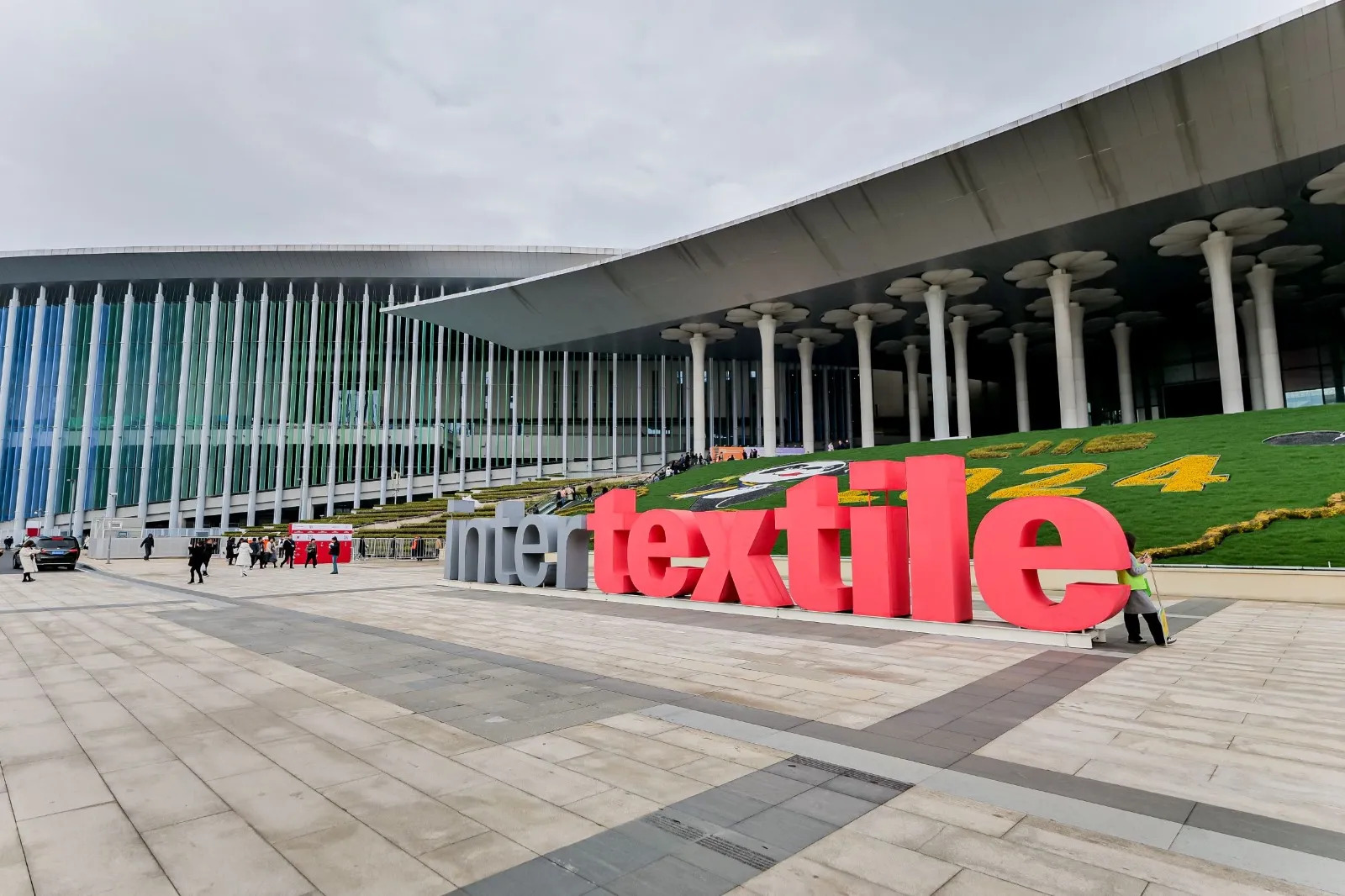FW
The Cotton Textiles Export Promotion Council (Texprocil) has asked the CBEC Chairman to refund unutilised Input Tax Credit when goods are exported under LUT. The Council, says exporters pointing out the problem being faced by them due to a clarification issued by CBEC on refund of transitional credit. As per the circular, Transitional Credits pertaining to duties and taxes paid under the Central Excise Act 1944 and Chapter V of the Finance Act 1994 cannot be included in the “Net Input Tax” for the purpose of refund of unutilised “Input Tax Credit” in terms of Section 54 of the CGST Act.
This means exporters who had exported under LUT and intend to claim refund of unutilised Input Tax Credit related to the export of goods will not eligible for the refund if the Input Tax Credit is on account of “Transitional Credit”.
Texprocil noted “Transitional Credits are allowed to offset GST liabilities on onward supplies which includes clearance for exports. In other words IGST paid on exports out of Input Tax Credits which includes “Transitional Credits” are allowed as refund when the exporter have exercised the option of “Exports under IGST Refund”. While IGST refund is allowed when the GST is paid out of Input Tax Credit including “Transitional Credits’ there is no reason why the refund should be disallowed in the case of Exports under LUT when the exporter claims refund of unutilised “Input Tax Credit” which is related to Transitional Credit.
GST law permits business units to carry forward their Input Tax Credit and ensures that no ITC is lost while migrating into the new GST regime. By denying refund of Transitional credits the propose of “Transitional Rules” is defeated.
WSN Développement has cancelled the 'Nom de code June' (Code-name June) trade show as they see less potential in a new trade event. The show was due to be held in Paris' Place de la Concorde at the end of June, at the same time as Tranoï along with other fashion events such as the new Man/Woman mixed show and the Parisian version of the Danish trade show CIFF.
Frédéric Maus, joint GM of WSN Développement observes after discussions with several industry professionals and their teams, realised adding a traditional event to the June calendar wasn't the best solution; there are many options in Paris in this period and by adding another one, they risk overtaxing buyers, a situation which isn't to anyone’s advantage.
"Our shows at Porte de Versailles and the Tuileries [in Paris] are leaders in the industry and continue to strengthen; outside of these unmissable events, clients need another kind of year-round, long-term service, catering to their requirements wherever they are exhibiting," he added.
WSN Développement is of the view that online is their best bet as seen in their plans to launch a website which in June, designed as a tool where brands can use to showcase their collections to buyers as well as get a chance to effectively interact with them. The website also open to brands which do not exhibit at the physical trade shows organised by WSN Développement.
PVH Corp, the parent company of Tommy Hilfiger and Calvin Klein — announced third quarter revenue increase and consequent raising of its fiscal year 2017 guidance driven largely by their two denim-focused brands. Tommy Hilfiger’s business for the quarter saw a rise of 22 per cent to touch $1.1 billion, with a 37 per cent rise in their international and a 5 per cent rise in their North America sales.
Both brands targeted the millennials’ and Gen Zs craze for denim fashion style leaders. This includes Tommy Hilfiger’s collaboration with model Gigi Hadid and Calvin Klein’s #MYCALVINS campaign starring influencers such as the Kardashian and Jenner sisters, Solange Knowles and Paris Jackson.
As PVH chairman and CEO Emanuel Chirico said in an earnings report, “We believe that the incredible brand power behind Calvin Klein and Tommy Hilfiger positions us well in the marketplace against our competition and will drive continued momentum, as reflected in our 2018 outlook.”
Similarly, Abercrombie’s strategy of targeting Gen Z is finally paying off with sales up 5 per cent; their first quarterly increase in five years. CEO Fran Horowitz says the rise was due to “staying close” to its customer and and lowered prices. The brand is harking back to the ’90s revival styles such as ripped boyfriend overalls and two-tone denim mini-skirts to maintain growth momentum.
At the recent WWD’s Men’s Wear Summit in New York City, Chad Kessler, American Eagle global brand president, reported they garnered over $3 billion in sales last year, largely from their denim range. “We’ve emerged as the clear leader in our space. We’ve had several years in row with positive comps and we’re driving positive traffic and positive comps in our stores and in our digital channel.”
On similar lines, net revenue for American Eagle Outfitters rose 12 per cent to $1.23 billion during Q4, as against $1.10 billion for the 13-week period last year. Riding on the wave denim brands are launching new and exciting designs for spring/summer. G-Star Raw showcases denim for curvy ladies with a narrow waist in its new collection, G-Star Raw Shape.
Kickstarter, the world’s first patent pending denim jeans and tees that claim to repel stains and kill odour to keep you fresh and clean are out with campaigns to draw consumers with their long-lasting and durable jeans.
In its current trade war with the US, China announced it will impose a 25 per cent tariff on American goods valued at $50 billion. China will levy a new 25 per cent tariff on 106 items from the US. A statement from China’s Ministry of Commerce notes, the US measures violated the rules of the World Trade Organisation and seriously violated China’s legitimate rights and interests and threatened the development interests of our country. This is a just act to defend [China’s] legitimate rights and interests and safeguard the multilateral trading system. It is a legitimate measure that conforms to the basic principles of international law.
China’s new tariff list targets soybeans, automobiles and chemicals, however, uncombed cotton and cotton linters will see a 25 per cent tariff. Earlier the US released its list of 1,300 goods from China that will face new tariffs as high as 25 per cent. The unfortunate news for the textile sector is that a much of the machinery used in textile manufacturing such as spinning machines, sewing machines and the machines that knit and weave are incorporated in the list.
This move will handicap the US textile manufacturing industry as they will now have to pay more to import such machinery. It is difficult to fathom how Trump’s ‘America First’ goal of bringing jobs back to the US will be achieved by these measures, as US-based companies would face higher costs of doing business and would consequently downsize workforce to make up cost escalation, or eliminate local manufacturing.
Global buyers are interested in sourcing cotton from India as they find it cost effective and less expensive compared to other countries. Apart from neighboring countries, India has been receiving demand for cotton from several other countries, including Vietnam and Indonesia.
Bangladesh, the world’s largest cotton importer, does not have much of its own production and its spinning mills largely depend on imports.
In the first six months of this cotton production and marketing season, India sold 55 lakh bales of cotton, of which 17 lakh bales were shipped to Bangladesh, followed by 11 lakh bales to Pakistan, ten lakh to Vietnam, seven lakh to China, seven lakh to Indonesia and Taiwan, and three lakh to other countries including Sri Lanka, Turkey and Thailand.
India is the largest producer of cotton in the world, followed by China, the US, Pakistan and Brazil. The five largest exporters of cotton are the US, Australia, Brazil, India and Uzbekistan. Five major consumers of cotton are China, India, Pakistan, Bangladesh and Turkey.
India will export 65 lakh bales to 70 lakh bales of cotton in the ongoing cotton season. The country exported 63 lakh bales of cotton last year.
By the end of the season, India’s cotton exports to China may touch ten lakh bales.
"Till some years ago, producing clothes in a span of six weeks was a distant dream or rather a challenge. Thanks to fast fashion, this has become a reality today for apparel manufacturers and retailers. And as, Spencer Fung, CEO, Li & Fung, opined in the last couple of years, people started realising they have to speed up. One of the reasons is the consumer has really sped up. And it’s now noticeable if you don’t speed up, you’re dead. It has become possible for the US retailers to match up to the fast-fashion prowess of European competitors such as Inditex SA and H&M. These companies are known for pioneering the fast fashion model by taking flexibility to the extreme, via airlifted merchandise, small order sizes and an accelerated design process."
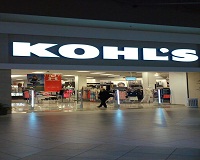
Till some years ago, producing clothes in a span of six weeks was a distant dream or rather a challenge. Thanks to fast fashion, this has become a reality today for apparel manufacturers and retailers. And as, Spencer Fung, CEO, Li & Fung, opined in the last couple of years, people started realising they have to speed up. One of the reasons is the consumer has really sped up. And it’s now noticeable if you don’t speed up, you’re dead. It has become possible for the US retailers to match up to the fast-fashion prowess of European competitors such as Inditex SA and H&M. These companies are known for pioneering the fast fashion model by taking flexibility to the extreme, via airlifted merchandise, small order sizes and an accelerated design process.
Recent revelations

With consumers moving from one fashion trend to another faster than ever, US retailers are collectively being pushed to get away from traditional model, which values low costs above all else. Gap Inc., for example, uses a technique called fabric platforming, where it holds a large amount of material and designs specifically for those textiles. This has allowed it to slash lead times by about a third to 11 weeks or less. American Eagle Outfitters Inc. has sped delivery times by moving some production into the Western Hemisphere, despite wages that are generally higher than those in Asia. Similarly, Kohl’s uses all of the above and also runs smaller test orders, which can be ramped up quickly if demand is brisk.
Other retailers have invested significant time in cutting costs by moving production to Asia and placing massive orders for merchandise. Now, they aren’t in the best position to enact broad changes to their supply chain as foot traffic at physical stores declines and US consumers spend less of their income on apparel. Given this changing scenario, Kohl’s is being watched closely as companies are contemplating whether the extra investment will actually pay off. Kohl’s says, it has indeed unlocked the secret. Last quarter, brands that are part of the company’s speed initiative outperformed comparable products by about 2.5 percentage points. While fast-turnaround products made up 40 per cent of orders in 2017. Wilson, whose company is located in Syracuse, New York, also makes clothing for retailers like American Eagle and J.C. Penney Co, says the typical Kohl’s order is now for 80,000 shirts, instead of 500,000. This helps prevent buildup of unpopular merchandise and markdowns if a particular product fails to resonate with shoppers.
Market dynamics
Moving towards fast fashion isn’t simple either because most US retailers depend on suppliers, while a company like Zara is vertically integrated, which allows it to have more control from start to finish. Li & Fung, a 20-year partner of Kohl’s, is in the middle of a three-year plan to cut lead times by half and digitise its global supply chain for apparel. Fung says whether its customers want speed or not, they had to move faster as a company because they see the whole world moving faster. The first place Fung has sped things up is in preproduction: With 3-D digital designs replacing physical samples, a process that can take six months is carried out in a few days.
With a 13 per cent share, the textile sector is a major contributor to India’s export earnings. However, the sector has been under pressure of late. While, apparel exports having grown at a subdued pace due to intense competiton, yarn exports have also remained under pressure given the decline in demand from China as well as the country’s losing share in the Chinese yarn market.
Adequate budgetary allocation for schemes such as refund of state levies and interest subvention benefits can help improve the competitiveness of textile exporters and improve textile export growth. India is still highly reliant on textile intermediaries for its export earnings, indicating the potential for further value-addition and hence investment requirements in downstream segments, like apparel and home textiles.
A higher budgetary allocation towards the Technology Upgrade Fund Scheme subsidy for 2018-19 would prop up investments in downstream segments, facilitating higher value addition and an even higher contribution by the sector to the country’s GDP as well as forex earnings.
Apparel exports can go up if raw materials and intermediaries currently being exported get processed further into apparel. This has the potential to double cotton-based apparel exports and increase total textile exports from the country by 50 per cent in value terms.
The United States will impose tariffs as high as 25 per cent on some 1,300 products from China. These tariffs are because of what US it deems China’s unfair practices surrounding intellectual property and forced technology transfer. The list, though aimed largely at the aerospace, information technology and robotics industries, includes more than 80 products tied directly to machinery for apparel and textile manufacturing.
Tariffs will be imposed on textile printing machinery, carding machines for preparing textile fibers, textile spinning machines, machinery for producing textile yarns, weaving machines, circular knitting machines, flat knitting machines, embroidery machines, spindles and sewing machines—and many of the parts that go into operating those machines.
As tariffs are often little more than a hidden tax on consumers, prices in the textile and apparel sector could face increases as the new tariffs drive up the cost of doing business. Manufacturers may not be able to absorb a new 25 per cent tariff without passing at least some of the costs on, which could come in the form of higher prices for apparel.
The list doesn’t target apparel and footwear products directly. There will be no tariffs on US imports of apparel, footwear, and travel goods from China.
The past two years have been rough for a number of big US clothing and footwear brands.
Many have regularly struggled to sell the inventory they’ve made, and have fallen back on heavy and endless discounts—sinking their profits. They’ve had to contend with a string of bankruptcies among some of their largest retail partners, along with high-profile store shuttering. Shoppers, meanwhile, are spending less of their money on clothes and seem to only want to buy on sale.
But there are indications that better times lie ahead.
Brands are finally starting to get their inventories under control, which means less need for markdowns. At the same time, returns from investment in direct-to-consumer and international sales are starting to roll in. A weakening dollar is making these companies’ products more affordable overseas. New products and innovations are set to hit the marketplace and the retail situation overall is improving.
Emerging markets, and China in particular, will continue to be a source of growth not only because greater economic expansion helps fuel branded apparel purchases, but also US brands remain relatively underpenetrated, leaving significant white space for growth.
However all this assumes the US puts no tariffs on Chinese imports and that there is no spike in the cost of cotton or the value of the dollar.
Michael McDonald has been chosen executive director of SPESA (Sewn Products Equipment and Suppliers of the Americas). He will work alongside current president Benton Gardner and managing director Dave Gardner until his retirement at the end of 2018. McDonald will take over full management of the organisation in January 2019.
McDonald is currently completing his doctoral degree in textile technology management at North Carolina State University. He was previously with the American Apparel and Footwear Association. He oversaw a diverse array of issues as lead lobbyist including product safety, intellectual property, military contracting, domestic sourcing, environment and chemical management, corporate tax reform, transportation and infrastructure, patent reform, labor, state chemical regulations, international trade, and internet sales tax. McDonald also developed resources and tools to help member companies with regulatory compliance.
Formed in 1990, SPESA is devoted to the advancement of suppliers of machinery, technology, ancillary equipment, parts, services and other solutions for the development, manufacture, and distribution of sewn products. Its members serve the apparel, upholstered furniture, home textiles, transportation interiors, leather goods, footwear, military, technical/industrial textiles and other sewn products segments.
SPESA promotes and coordinates business and social interaction and provides opportunities for the sharing of industry-specific and general business information for its members and their customers.

